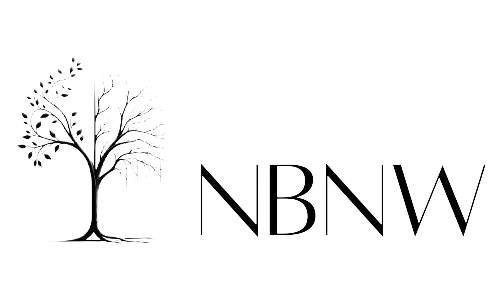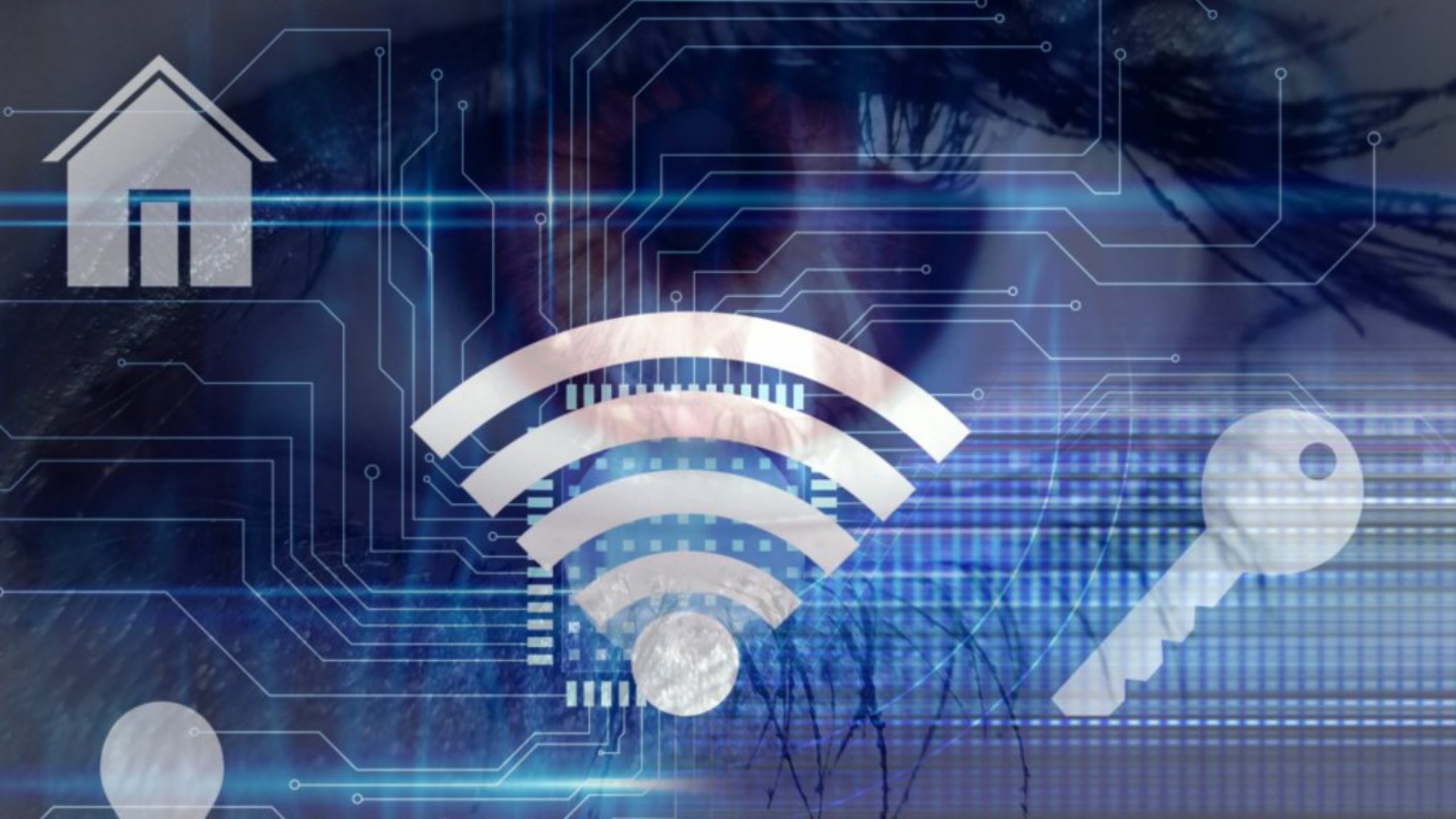

By Rujul - Apr 25, 2024
The Internet of Things (IoT) encompasses interconnected physical devices embedded with sensors and network connectivity, enabling data collection and autonomous tasks. IoT applications range from monitoring farm conditions to managing traffic and controlling industrial processes. Its impact spans industries like manufacturing, healthcare, and agriculture. China's strategic prioritization in 2010 propelled IoT's evolution, leading to widespread consumer adoption by 2019. By 2020, cellular IoT expanded across various networks, including 2G to 5G, and technologies like LoRaWAN and LTE-M.

Pixa hive
LATEST
The Internet of Things (IoT) refers to a network of physical devices, vehicles, appliances, and other objects embedded with sensors, software, and network connectivity, allowing them to collect and share data. IoT devices, also known as "smart objects," can range from simple devices like smart thermostats and wearables to complex industrial machinery and transportation systems. The IoT enables these smart devices to communicate with each other and other internet-enabled devices, creating a vast network of interconnected devices that can exchange data and perform various tasks autonomously.
IoT enables these smart devices to communicate with each other and with other internet-enabled devices. Like smartphones and gateways, creating a vast network of interconnected devices that can exchange data and perform various tasks autonomously. This can include: monitoring environmental conditions in farms managing traffic patterns with smart cars and other smart automotive devices controlling machines and processes in factories tracking inventory and shipments in warehouses
The potential applications of IoT are vast and varied, and its impact is already being felt across a wide range of industries, including manufacturing, transportation, healthcare, and agriculture. As the number of internet-connected devices continues to grow, IoT is likely to play an increasingly important role in shaping our world. Transforming the way that we live, work, and interact with each other.
The concept of the IoT ecosystem, however, didn't really come into its own until 2010 when, in part, the government of China said it would make IoT a strategic priority in its five-year plan. Between 2010 and 2019, IoT evolved with broader consumer use. People increasingly used internet-connected devices, such as smartphones and smart TVs, which were all connected to one network and could communicate with each other.
In 2020, the number of IoT devices continued to grow along with cellular IoT, which now worked on 2G, 3G, 4G and 5G as well as LoRaWAN and long-term evolution for machines, or LTE-M.